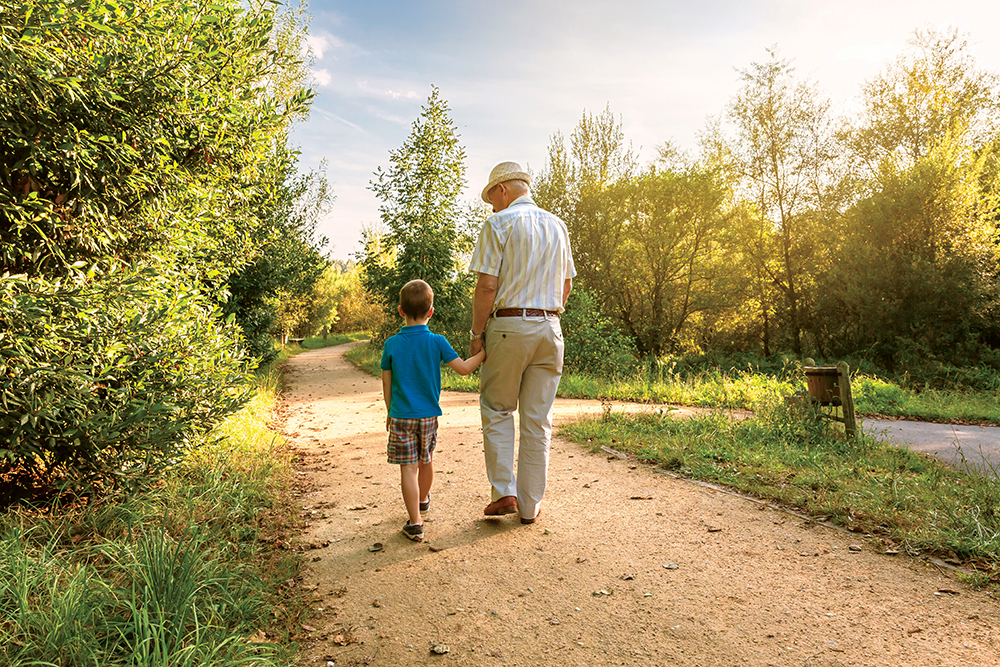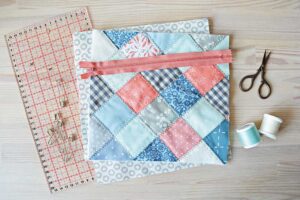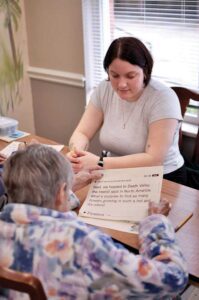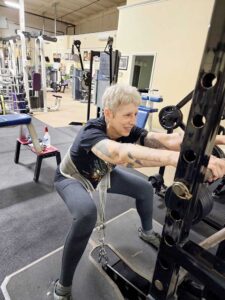Submitted by Karen Coughlin, Blair House
COVID-19: How To Be Physically Active While Social Distancing. When it comes to getting the physical activity you need each week, it’s important to pick activities you enjoy and that match your abilities. This will help ensure that you stick with them.
Things To Keep in Mind
- Physical activity has immediate health benefits including better sleep and less anxiety. It can also help you feel better, improve your balance, and boost your brain health. Additional health benefits include a reduced risk of serious illnesses such as heart disease, type II diabetes, and depression.
- Try to do a variety of activities. This can make physical activity more enjoyable and reduce your risk of injury.
- Regular physical activity is still safe and good for you even if you have problems doing normal daily activities, such as climbing stairs or walking.
- Lots of things count—and, it all adds up. Find what works for you.
- If you have to take a break from your regular activity routine due to an illness, be sure to start again at a lower level and slowly work back up to your usual level of activity.
- To get to and stay at a healthy weight, work your way up to doing the equivalent of 150 minutes (for example, 30 minutes a day, 5 days a week) of moderate-intensity aerobic activity each week. Keep in mind that you may need to do more activity or reduce the number of calories you eat to get to your desired weight.
Multicomponent Physical Activity
As part of their weekly physical activity, older adults should do multicomponent physical activity to improve physical function and decrease the risk of falls or injury from a fall. This includes balance training, aerobic activity, and muscle-strengthening activities. An example of a multicomponent physical activity program could include walking (aerobic activity), lifting weights (muscle strengthening), and incorporating balance by walking backwards or sideways or by standing on one foot. These activities can be done at home or in a structured group setting.
Improving Your Balance
Older adults should do activities that help them with balance. Balance activities can improve the ability to resist forces within or outside of the body that cause falls. Fall prevention programs that include balance training and other exercises to improve activities of daily living can also significantly reduce the risk of injury, such as bone fractures, if a fall does occur. These activities might include backward walking, sideways walking, heel walking, toe walking, heel to toe walking, practicing standing from a sitting position, and alternating balancing on one leg and then the other with a counter or wall nearby. Strengthening muscles of the back, abdomen, and legs also improves balance.
What if You Have a Chronic Condition?
If you have a health condition such as arthritis, diabetes, or heart disease, it doesn’t mean you can’t be active. In fact, it’s just the opposite. Regular physical activity can improve your quality of life and even reduce your risk of developing other conditions.
Talk with your doctor to find out if your health condition limits, in any way, your ability to be active. Then, work with your doctor to come up with a physical activity plan that matches your abilities. If your condition stops you from meeting the minimum recommended activity levels, try to do as much as you can. What’s important is that you avoid being inactive.
What if You Have a Disability?
If you are an older adult with a disability, regular physical activity can provide you with important health benefits, like a stronger heart, lungs, and muscles; improved brain health; and a better ability to do everyday tasks. It’s best to talk with your doctor before you begin a physical activity routine. Try to get advice from a professional with experience in physical activity and disability. They can tell you more about the amounts and types of physical activity that are appropriate for you and your abilities.
If you are looking for additional information, visit The National Center on Physical Activity and Disability at www.nchpad.org.
When To Check With Your Doctor
Doing physical activity that requires moderate effort is safe for most people, but if you have a health condition such as heart disease, arthritis, or diabetes, be sure to talk with your doctor about the types and amounts of physical activity that are right for you. Also, if you have been inactive, are not too fit, or are overweight, and want to do vigorous-intensity physical activity, such as jogging, it is safest to discuss this with your doctor.
At Blair House, a Holiday Retirement community, our business is to help older people live better, age more successfully and stay independent for as long as possible. No big buy-in fees, No long-term commitments, Moderate price point, Pet-friendly community.
To tour or learn more about Blair House Senior Living, located at 1200 E.
College Ave, Normal, call 309-454-8900 or visitwww.SeniorLivingatBlairHouse.com .
Content source: Division of Nutrition, Physical Activity, and Obesity, National Center for Chronic Disease Prevention and Health Promotion
For additional informative and inspirational articles visit 50 Plus News and Views Bloomington Normal online edition today.










